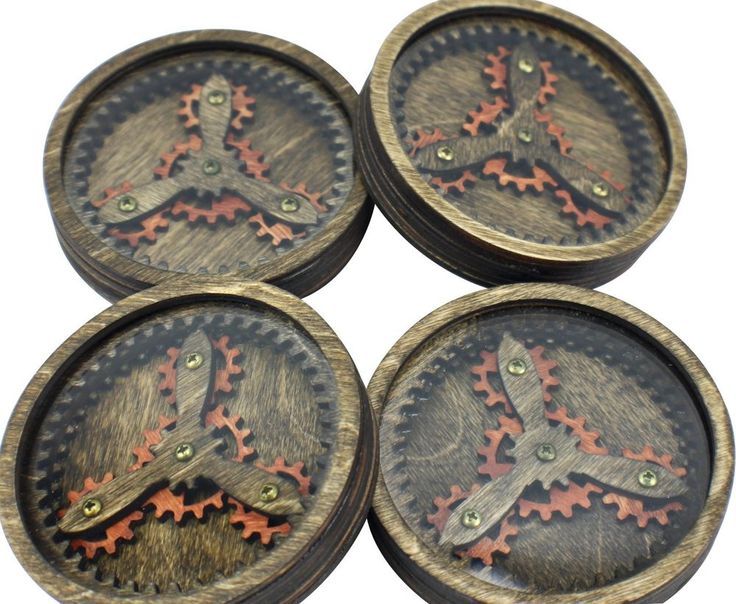Project Inspirations/Formation
This main project has caught me a bit off guard, so a lot of this post is going to be a description of my process in brainstorming my project, as well as design problems I’m currently facing.
Anyone heard of the Perplexus? In my middle school years, I spent countless hours slowly guiding that metal ball through checkpoint after checkpoint. The perplexus line of puzzles are all plastic marble mazes with a surprising amount of depth, and I want to see if I can make a puzzle that is similarly challenging. Googling the genre of puzzles showed me more well crafted wooden designs, which lead me to the idea of creating a similar puzzle cube. While studying different puzzle box designs, I kept being drawn to the gears. They’re so satisfying to watch, and often difficult to wrap your head around in 3D. The more I looked into it, the more the concept of gears appealed to me as a central design for my puzzle. Therefore…
The Plan:
Create a cube-shaped Puzzle Box that primarily relies on the turning of gears to be solved (this project technically falls under the category of “mechanical computing” based on the puzzle aspect!).


There are several ways that this project can be implemented, each with different aesthetic and difficulty levels.
- Woodworking: Needs to be done by hand(?), can be varnished and made to look pretty great. Seems like it would be extremely difficult, as I only have some experience and woodworking and I feel there are a lot of ways I could screw this up. Nice wood/rustic look, similar to many of the examples of puzzle boxes that I see
- Laser Cutting: This one is a lot easier, but harder to refine and customize. Wood choice would be restricted, and the side of the pieces would be singed. Since I have been getting better at making templates, this would be a logical progression from my upcycling project. Typically restricted to 2D.
- 3D Printing: Need to create 3D models, learn how to model and assemble 3D parts(worm gears!). Is limited to plastic-like materials. A higher number of skills for me to learn, but also the ability to print 3D gear designs and marble tracks.
There are also a lot of problems I will need to overcome in the next few weeks:
- What will the puzzle aspect be based on? Will I be able to make a compelling puzzle on gears alone, or should i try and implement a marble maze, etc? I need to figure out the puzzle design space for gears, as I haven’t seen anything good yet in my research.
- What materials will I use? Can I laser cut marble tracks in the wood? Will I be able to laser cut some of the 3d gear shapes?
- Creating templates for cutting out art is hard, but creating precise mechanical parts seems like it will be harder. How hard will it be to design the gears?
- Gears are hard to draw, all my sketches look like garbage 🙁

The Aesthetics
Depending on which fabrication method I take, the project could take on several different aesthetics. Since I haven’t decided on the other, I’m going to focus on what is essential to the project: The Gears!
Aesthetic of Gear: Much of the appeal of gears comes from showing what would normally be hidden; steampunk items love to show how there are gears spinning just below the surfaces. I might express this by hiding part of the nonessential gears with a wooden cover. It’s also undeniable that the smooth motion of gears is often pleasing. Because of this they’re used in fidget toys, loading icons, and other items. When combined with a crank, they give reliable input feedback based on your movement. Tangentially, I can expand these attributes to puzzle boxes in general. They similarly try to draw attention to their moving parts, and attempt to communicate the relationship between user input and output.
Since the aesthetic I’ve chosen is fairly niche, I think that I’ll be describing the opposite of the aesthetic instead of multiple alternatives. Since gears are synonymous with detailed machinery guts, I think that a good opposition would be sleek or minimalist design, a la Apple. An apple product would never make you see or think about the underlying processes that are happening, you ideally would push a button and get a desired output with minimal stimuli. The only feedback would be a slight beep or tactile buzz, as opposed to constant motion you get when turning a crank. Essentially, the way that I’m hoping to use these gears is in order to get the user to examine the inner working of a puzzle, not to hide them.
Sources:
Thingiverse.com. “Gearbug #1 by Dustinandrews.” Thingiverse, www.thingiverse.com/thing:31426.
“Types of Gears.” KHK Gears, khkgears.net/new/gear_knowledge/introduction_to_gears/types_of_gears.html.
“Weird Gears.” Wooden Gear Clock Plans from Hawaii by Clayton Boyer, lisaboyer.com/Claytonsite/weirdgears1.htm.


2 Comments. Leave new
Statement of Meaning: I love that you are designing something that shows HOW it works by displaying the gears inside. It kinda seems like you are playing on the metanarrative of puzzles and figuring out how things work. I like your potential aesthetic choices.
I really love the idea. I dont hear nor see much about these so I will be excited to see your progress on the project. Are you basing your off of the picture you posted of one sold by UGears? If so, what changes are you making and why? If you dont have big changes to it, then why not? I think that you should defintely cut yours with the laser cutter. Have you ever used this machine before? Also make sure that you can cut your material.